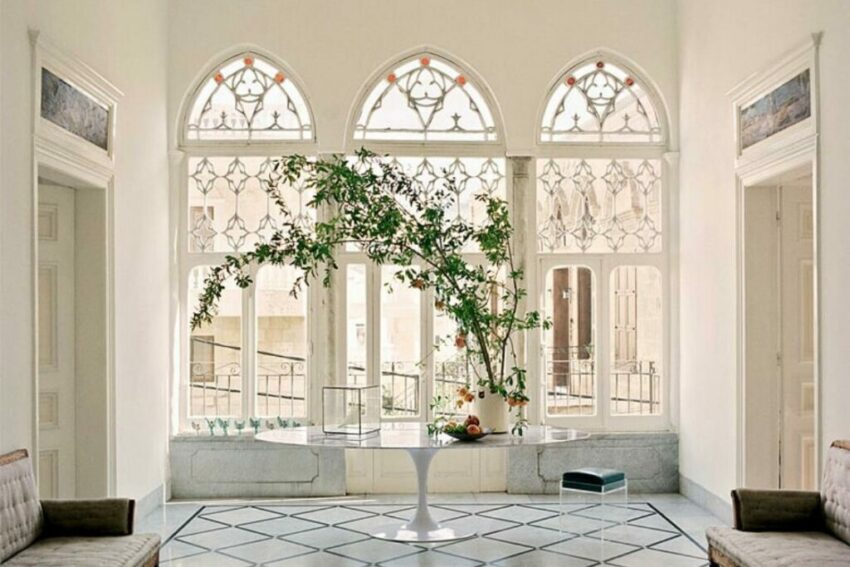Transitional interiors in Lebanon have a touch of classical opulence mixed with a more minimalistic modernity.
The secret is to reach a modern look but without feeling out of touch and “flair”. It’s about creating a style that looks and feels good to you, feeling at home, without the mimic of a picture you saw on internet.
Hi Carole, as a Lebanese interior architect, how would you define Beirut from an artistic point of view?
Beirut is quite a cosmopolitan city with an extensive architectural legacy. Despite having undergone a ravaging civil war, Beirut remains a city full of life, art and culture, combining within its walls a touch of contemporary and traditional. It is a city full of contrasts, not just when it comes to cultural diversity and political instability, but also in terms of architectural achievements.
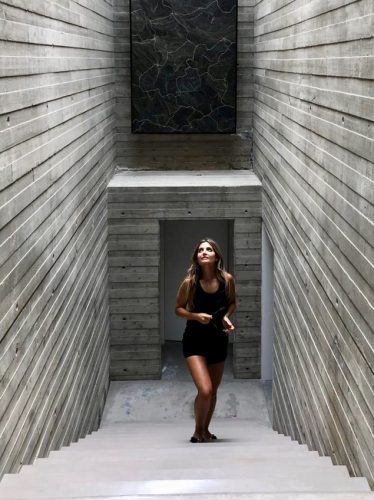
How would you define Lebanese clientele?
What we’re dealing here with is quite a savvy clientele that endeavors to embrace in its residence comfort with a modern twist to fit today’s modern way of life, asking for a smart use of space and a place not only to spend a lot of time in but also to share with others and entertain.
How would you describe Lebanese designers?
Always in quest of perfection! Thirsty for an ideal frame, trying to respond to a very demanding clientele in a competitive environment.
Their focus revolves around designing interior spaces that bridge between traditional Lebanese architecture with modern designs and amenities as pictured below of a Lebanese house with traditional external architecture, the three typical arcades paired with a minimalistic modern interior, creating a concept with correct proportions while space remains empty. So if you remove all furniture, it still speaks.
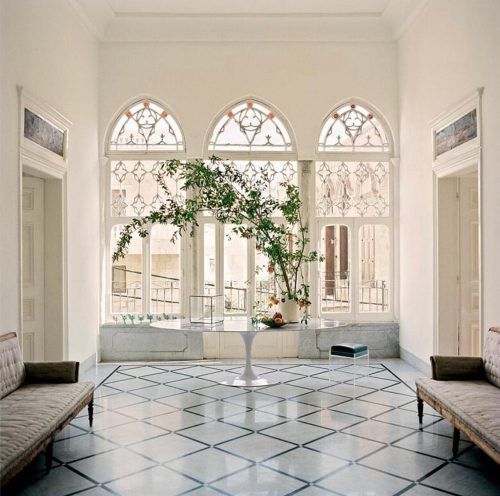
What do you find in Lebanese interiors?
You can find nostalgic design preserving old traditional spaces, keeping the memory of Lebanese architecture alive in the eyes of its habitants as you can find modern spaces with international brands furniture and accessories and as you can find a dazzling exchange between old and new as seen in below pictures.
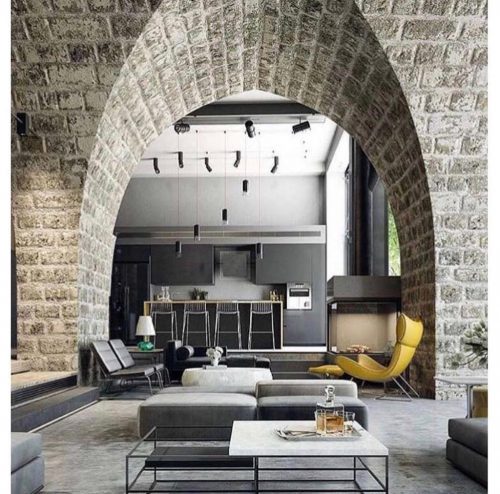
Typically traditional interior with invasion of natural light and sun Lebanon enjoys
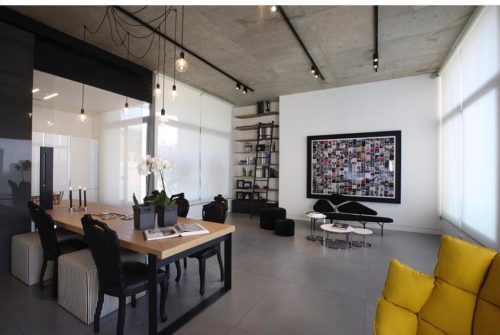
This is a lovely example of transitional interior design where straight lined furniture meets playful curves, where monochromatic colors meet a true bold red and a flashy yellow. We can also notice natural material paired with concrete, steel and other industrial accessories. Furniture lines are simple yet sophisticated.
What would the end result of mix and match design be?
It will be a popular modern space while paying homage to the past, a space meeting the elegance and intimacy of traditional design and the edginess of modern design achieving classic feel with a contemporary touch and feel.
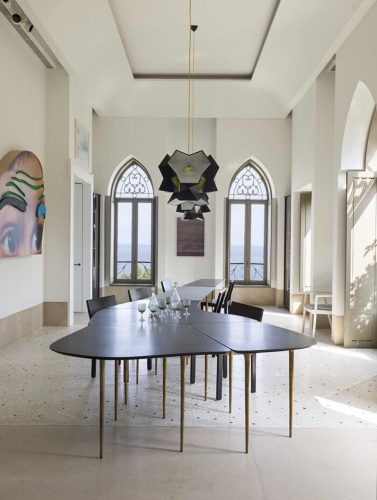
Who would ask for modern transitional style?
Ones who seek classic balanced warm comfort and contemporary touch with its clean and simplistic lines reaching a timeless design.
Why would clients ask for a move toward a modern design?
With new residential spaces on the market becoming smaller with lower ceilings, contemporary furniture is not only appreciated for their clean serene design but also for their better fit proportions than many of the giant “traditional pieces”. Everything brought to the space has to be functional and sculptural at the same time while respecting the balancing natural light.
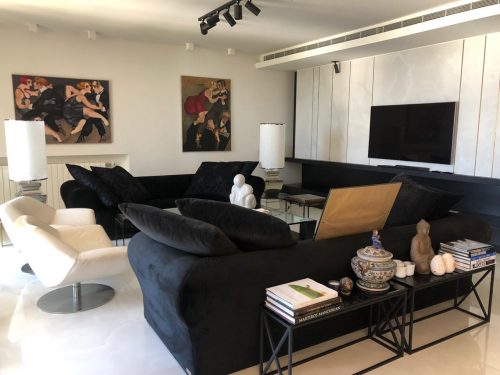
If a home is already decorated and a client would like to have a mix and match, how can you do it?
That can be as simple as integrating transitionally, modern pieces such as coffee table, lamps and trendy accessories. Accessories need to be bold enough to create visual interest in the space without distracting from its overall plan. We can throw rugs, pillows, blankets, and a single chair that might include a bold pattern or color that still fits within neutral and clean color scheme.
Thanks Carole for sharing your view upon Lebanese interior and contrasts, see you next time!

